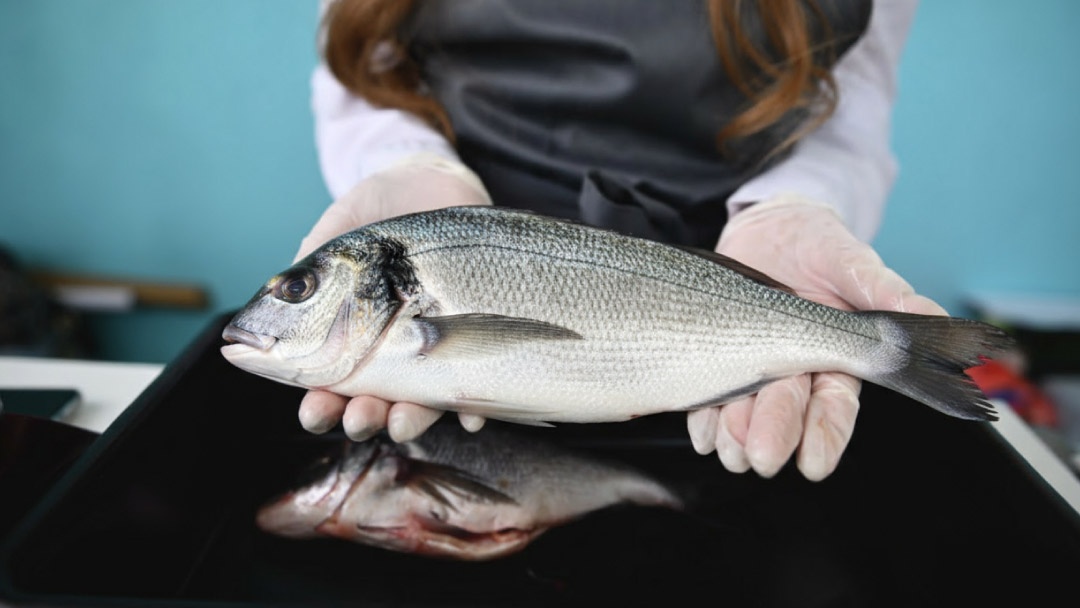
From an environmental perspective, specifically in the quest to reduce the carbon footprint of gilthead seabream production, the real engine for sustainability lies in genetic improvement focused on fillet yield.
This is according to a comprehensive new study by French research institutions, including INRA and IFREMER, and published in the specialist journal Aquaculture. The research concludes that while genetic breeding for overall growth and fillet yield undoubtedly offers benefits, the most significant environmental impact is achieved after the fish leave the farm gate.
By successfully optimizing the amount of edible flesh per fish, a substantial reduction in the ‘per-consumption’ footprint is achieved. The study details that impacts related to climate change and cumulative energy demand are cut by up to 7% when calculations are based on the unit of fillet consumed, rather than the unit of biomass produced at the farm itself.
Crucially, these environmental gains stem primarily from the processing and consumption stages, as a higher fillet yield minimises the quantity of waste generated per kilogramme of final product. This is vital for reducing the environmental burden associated with handling and disposing of sub-products further down the post-harvest value chain.
Consequently, the findings recommend that aquaculture operators prioritise breeding programmes that enhance fillet yield as an essential lever for improving the overall life-cycle sustainability of the product for the end consumer.
The study’s focus
The researchers employed a detailed Life Cycle Assessment (LCA) which covered the seabream’s entire supply chain, from fingerling production and feed manufacturing right through to domestic consumption and waste management. The investigation was based on simulating the effects of five generations of genetic selection for two key traits: enhanced growth and enhanced fillet yield. The methodology involved comparing a non-selected control scenario against selection scenarios of 5% and 10% for each trait.
The data showed that while environmental gains achieved “at the farm gate” were less than 1%, the benefits soared when impacts were expressed per kilogramme of edible meat (fillet). Specifically, selection for fillet yield alone led to reduction of up to 7% in critical indicators such as climate change impact and cumulative energy demand.
This saving is attributed to the fact that a higher fillet yield minimises the proportion of non-edible material that must be processed, distributed, and managed across the whole chain, demonstrating clearly that the environmental benefits resides in post-harvest efficiency and waste reduction.


